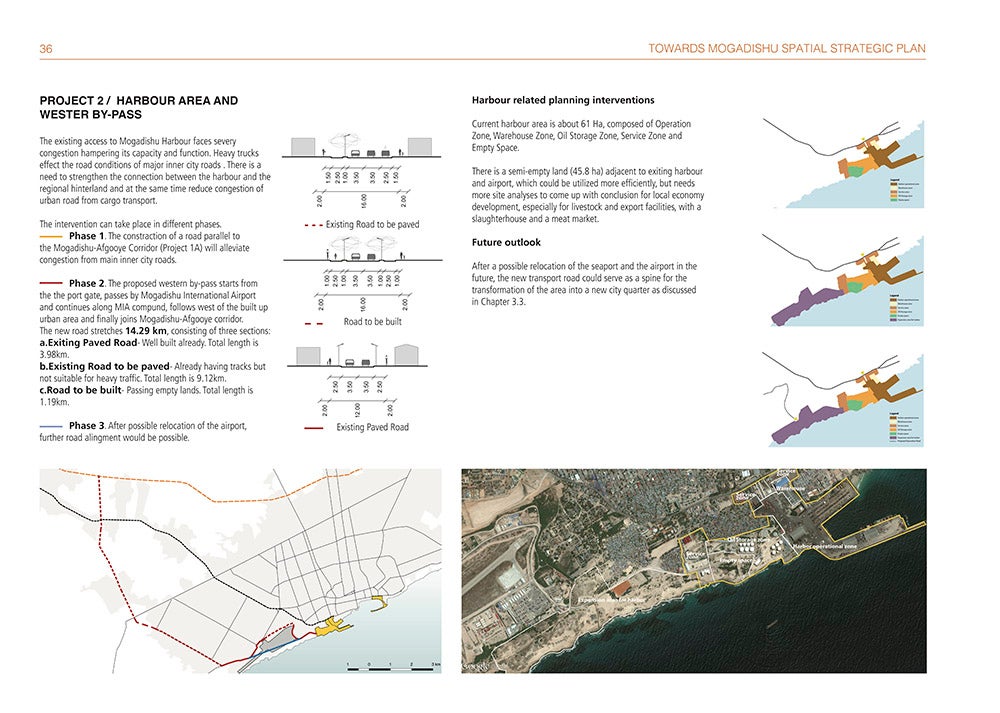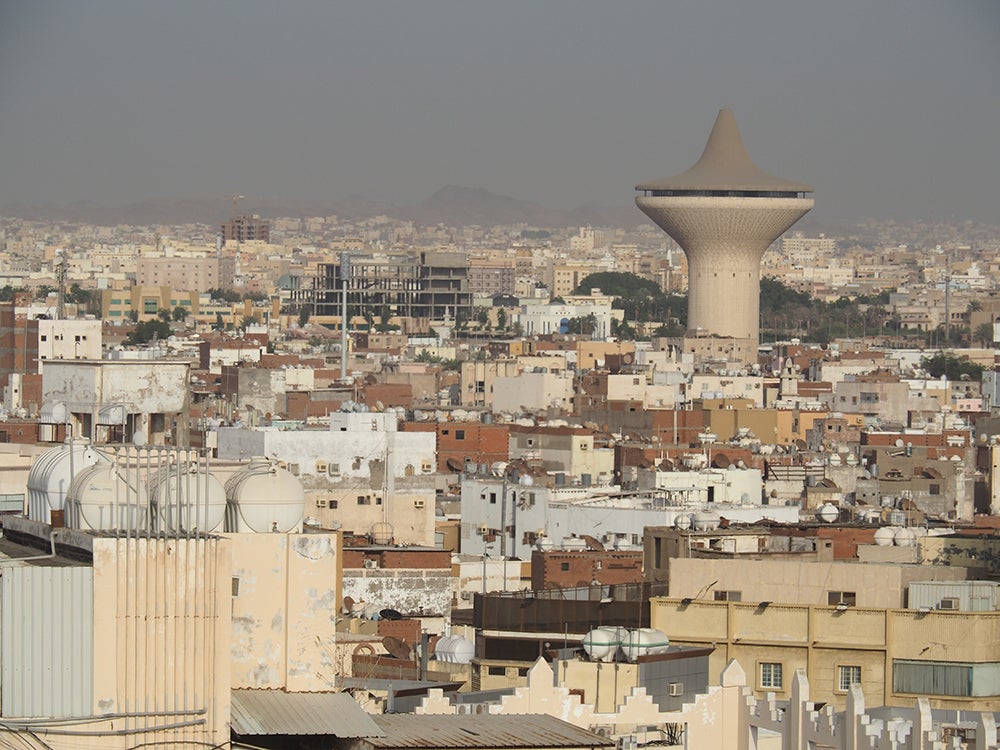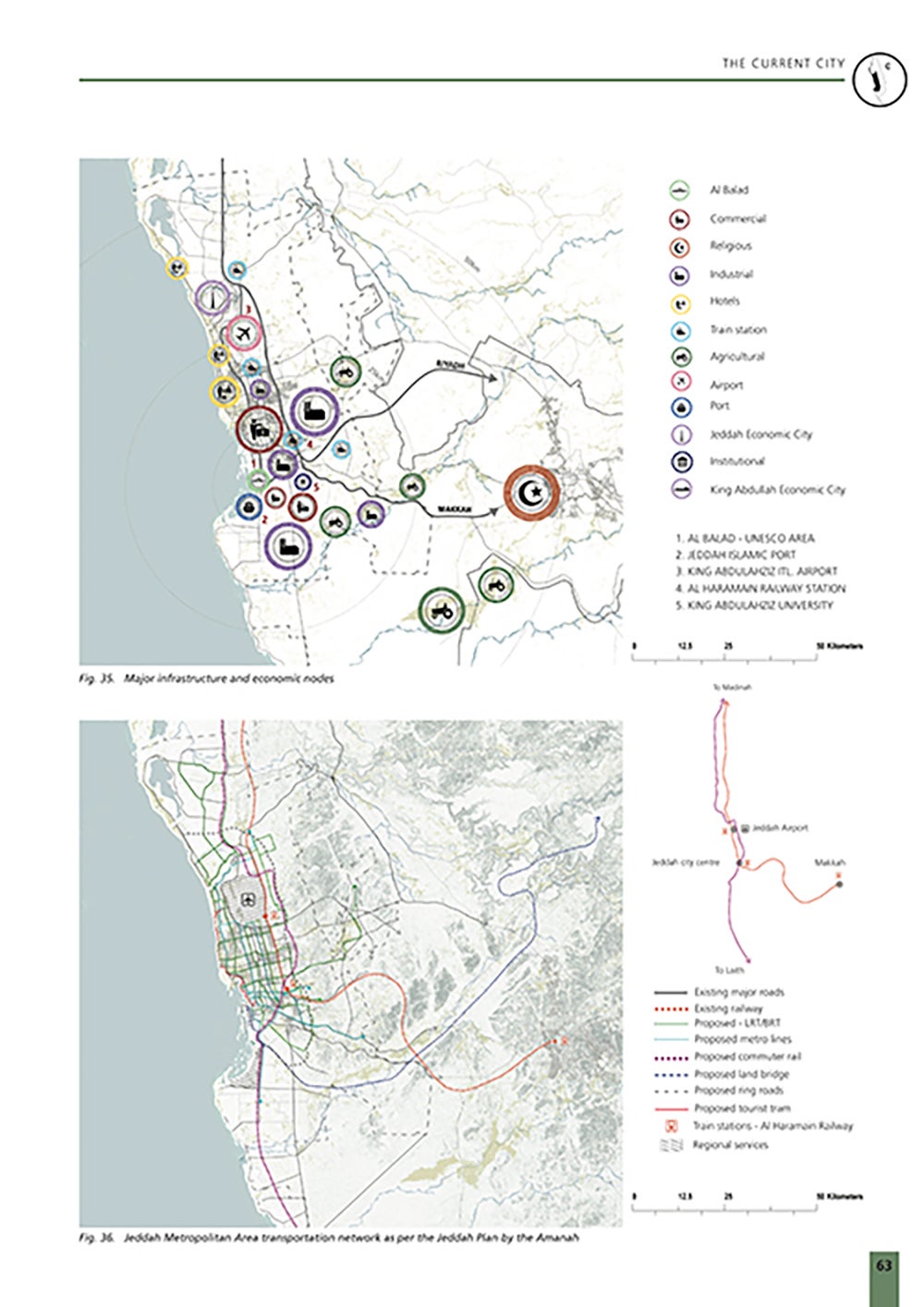Nairobi, 21 November 2019 - As the rate of urbanization accelerates worldwide, cities tend to become increasingly susceptible to disaster risk. The rapid population growth of urban settlements is often associated with an increase in poor planning and construction, resulting in high-risk built environments such as informal settlements. Crisis situations such as conflict or severe environmental degradation often lead to mass migration which can further amplify urban disaster risk when authorities have not properly planned for new refugee or migrant populations.
In light of this, it has become increasingly clear that a more planned approach to humanitarian and urban development assistance is needed to address the issues that arise from both rapid urban development and humanitarian crisis.
In the past five years as part of an ongoing UN system-wide agenda, UN-Habitat has been developing and utilizing a valuable tool to promote a more thoughtful approach to crisis response planning and urban development: Cross-Sectorial Urban Profiles. These profiles are able to better inform urban development policy decisions by providing comprehensive data on urban systems and making strategic policy or project recommendations.
Urban profiles offer a detailed snapshot of the conditions of an urban area to provide a set of information and plans that officials as well as NGOs and other stakeholders can use to make sustainable urban planning decisions. This mapped information can range from demographics data to mobility and infrastructure to environmental studies. And while urban profiling does extensive context analysis, it actually goes one step further by making policy recommendations.

“What makes urban profiling different (from site or context analysis) is that it’s more focused on a specific context or crisis, where you need a rapidly consolidated set of information to help start moving to the next step,” says Jonathan Weaver, an urban planning consultant at UN-Habitat. “That’s when urban profiling is most useful because it helps to inform and provides a baseline of information on what’s happening in any area and it also starts to become more propositional.”
The propositional quality of urban profiles is their most distinctive characteristic. Urban profiles are not only maps and information, they also contain strategic recommendations for the relevant decision-makers to efficiently problem-solve in a crisis context. In this way, urban profiles can serve as the bridge between technical planning solutions and policy decisions.
Since urban profiles are most needed in contexts where there are little to none existing planning documents, and limited or conflicting quantitative data on information such as demographics, environmental degradation and formal or informal infrastructure, it takes resourceful methods to obtain the necessary information to produce a worthwhile profile. Planners and researchers have to draw on sources ranging from public records to community knowledge to GIS data.
For example, the UN-Habitat team working on the Rohingya refugee camp at Cox’s Bazar was able to access public data from Government of Bangladesh sources, but this information was not always easy to find or in a useful format for decision makers due to its scattered and varied nature. The team -had to collect all the data and synthesize it into a coherent and spatialised set of information that was clear and simple to digest. In other situations, UN-Habitat teams have needed to conduct validation workshops where local residents could confirm or correct the out-of-date data given by municipalities or ministries.
This is why urban profiles have been especially useful in crisis response, however crisis response is not the only context in which urban profiling has been useful. In fact, UN-Habitat’s approach to urban profiling has been revolutionary in that it is cross-sectorial, multi-scalar and contextually adaptable. From addressing refugee settlements in Kenya and Bangladesh, to rebuilding efforts in post-war Iraq and Somalia, to development plans for Saudi cities, urban profiling can be used to advise urban planning and policy decisions in a range of situations.
In Somalia, for instance, UN-Habitat has been creating urban profiles of Mogadishu and other smaller municipalities to enable local governments in post-conflict redevelopment and reconstruction efforts.
“For us in Somalia, our aim is that the local government will develop their own analysis and are able to steer urban planning processes on their own without our support,” says Francesco Tonnarelli of UN-Habitat’s Somalia Programme.

In this way, urban profiles can empower state and local authorities to sustainably manage their cities and communities with a set of documents and plans that contribute to the necessary public discussion on their cities’ future development. These profiles are a long-term investment in urban development by guiding decision-making in both first priority needs such as safety, shelter and food, along with medium- and long-term considerations such as infrastructure and transportation.
The Saudi government recently -employed UN Habitat to create a series of urban profiles for their Future Saudi Cities Programme. - Urban profiling is being used to help guide long-term urban development rather than crisis or conflict response. Similarly, UN-Habitat created urban profiles for four intermediate cities in Haiti— Jérémie, Les Cayes, Dame Marie and Beaumont— as part of a long-term resilience effort to address natural disasters. The team used Incremental Participatory Planning Methodology to create these profiles, which included strategic-structural planning and proposals for the implementation of economically catalytic projects.
The diverse nature of these projects and the cross-sectoral approach of UN-Habitat’s urban profiling methodology makes it unique from other uses of urban profiling, which typically focus on certain social groups or areas of assistance. By integrating research, planning and policy into one methodology, urban profiling has become an increasingly valuable tool for urban planning and crisis response in developing contexts.
